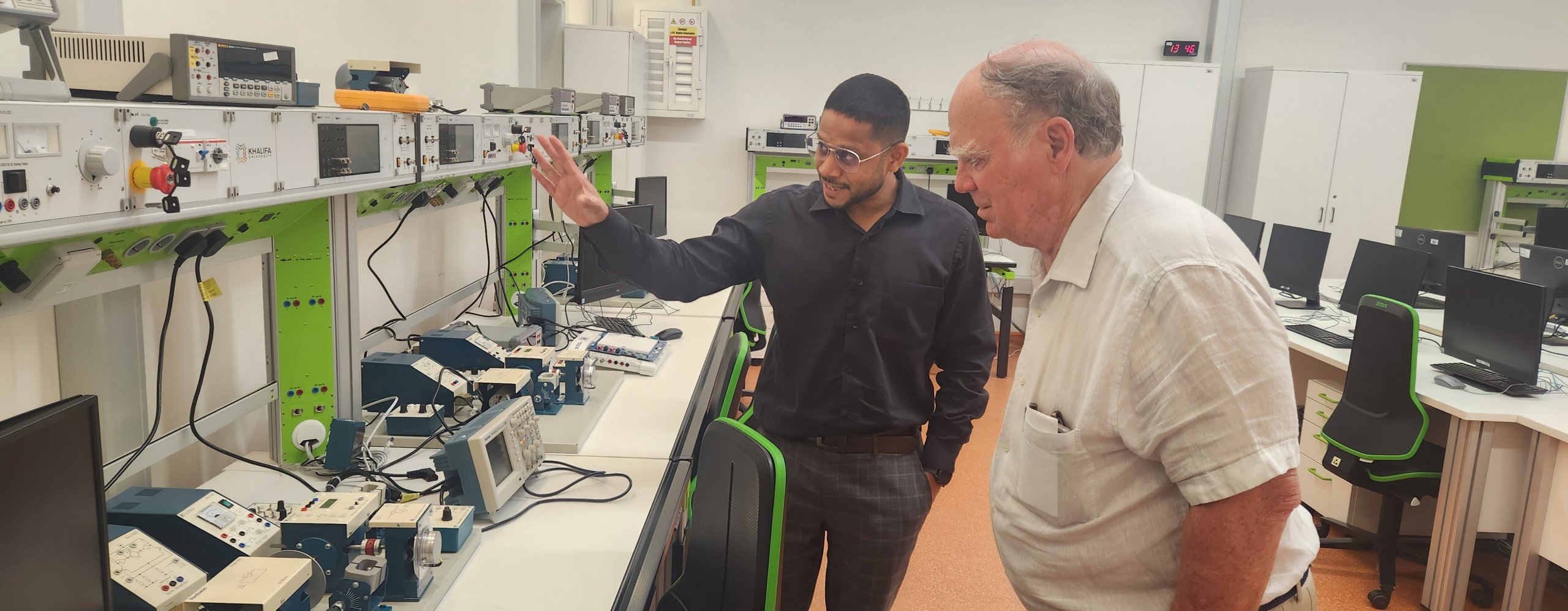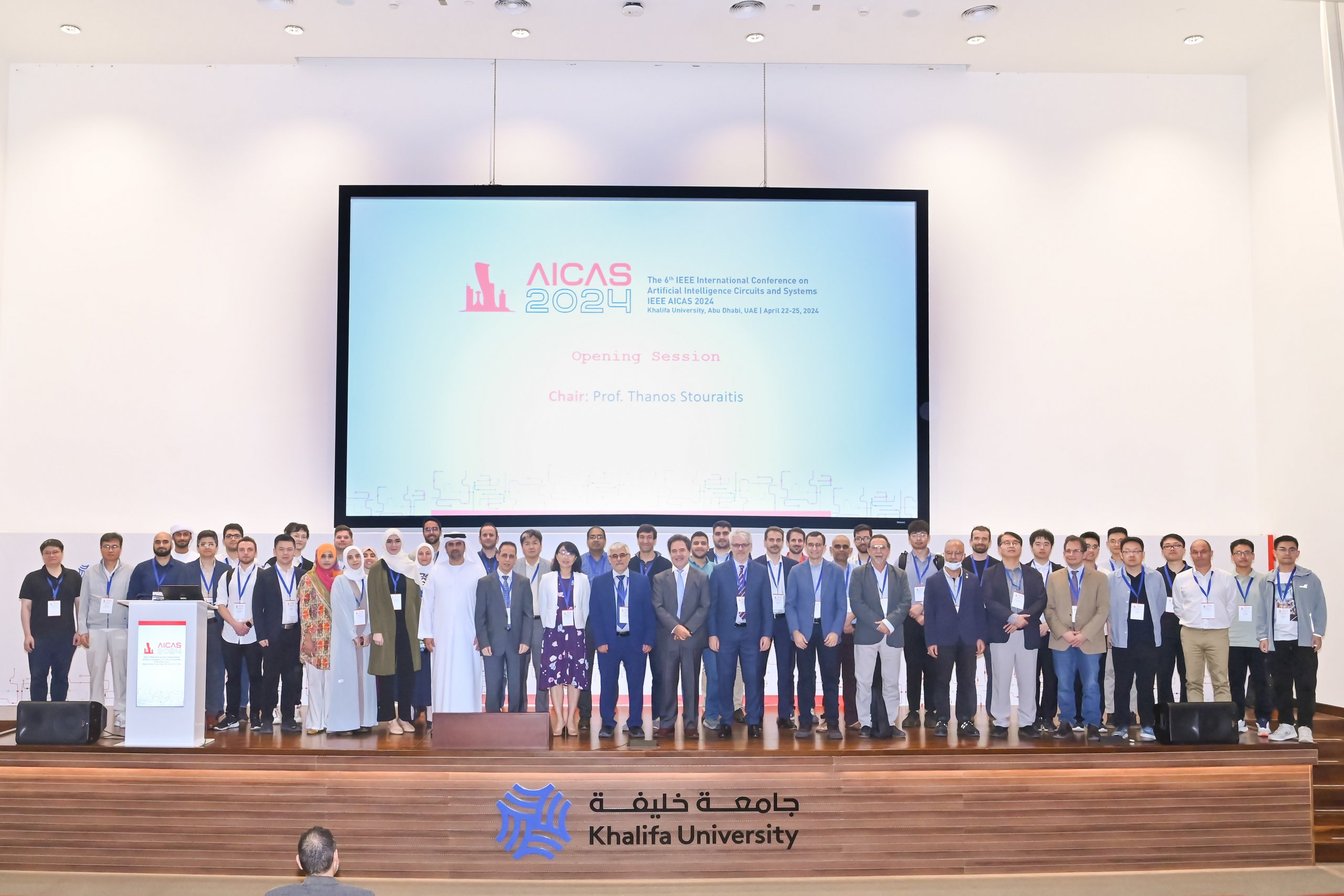
Professor Marcos Lopez de Prado’s Article Emphasizes Use of Causal Graphs for More Robust Foundation for Analysis and Decision-Making in Factor Investing
Khalifa University’s Professor of Practice from the Mathematics department, and ADIA Lab scientist and Advisory Board member has been honored with the 25th Bernstein Fabozzi/Jacobs Levy ‘Outstanding Article’ Award, for his groundbreaking research work on the critical examination of the econometric approaches used in factor investing studies.
The article titled, Where are the Factors in Factor Investing?, published in The Journal of Portfolio Management, was authored by Dr. Marcos Lopez de Prado. The Bernstein Fabozzi/Jacobs Levy Award, now in its 25th year, is determined by the readership of The Journal of Portfolio Management and recognizes the most innovative and impactful research of the year. Previous recipients of this prestigious award include multiple Nobel Prize laureates and prominent figures from both industry and academia.
Dr. Jorge P. Zubelli, Department Chair, Mathematics, Khalifa University, said: “Further fostering Khalifa University’s commitment to scientific exploration, especially in computational data and analysis, the 25th Bernstein Fabozzi/Jacobs Levy Award recognizes the significant contributions made by Professor Marcos Lopez de Prado in advancing our understanding of factor investing. Drawing upon his extensive research and findings, his conclusions that the field of factor investing must break free from its reliance on associational models challenges us to rethink our approach and encourages more robust methodologies in factor investing.”
Frank Fabozzi, Editor of the Journal of Portfolio Management, said: “Dr. Marcos’s work brings to light the overlooked importance of causal reasoning in factor investing. His innovative analysis and recommendations could significantly strengthen the scientific basis of factor investing. Our readers believe that this is an exciting line of research, and the Journal looks forward to further discoveries in this direction.”
Dr. Lopez de Prado was earlier named ‘Quants of the Year’ at Risk Awards 2021 by Risk Net jointly with Dr. Alex Lipton, also a Faculty member in the Mathematics Department.
In the award-winning article, Dr. Lopez de Prado critically examines the current econometric approaches used in factor investing studies, advocating for the use of causal graphs to modernize the field of factor investing and improve the accuracy and reliability of factor models. He emphasizes the importance of understanding causality, using causal graphs and probabilistic graphical models to better visualize and understand the causal relationships between different factors. Through practical applications, Professor Lopez de Prado also shows how causal graphs provide a way to make sense of data and uncover meaningful insights when traditional experiments are not feasible. He writes that these graphs help understand the relationships between different factors and shed light on the effects they might have.
Through computational algorithms in Monte Carlo experiments, Dr. Lopez de Prado further illustrates the practicality and effectiveness of causal graphs in real-world scenarios, showcasing the benefits that can be gained from embracing causal reasoning in factor investing. In this segment, he discusses three examples where standard econometric methods can lead to mistakes and false claims about factors and their effects, drawing attention to incorrect conclusions based on associations between variables without solid evidence of causation.
Focusing on separating ‘association’ from ‘causation’ through the use of causal graphs, as he explains, offers a deeper understanding of the ceteris paribus (all other things being equal) assumption frequently employed by economists. This assumption, often taken for granted, gains new significance when viewed through a causal lens.
Alisha Roy
Science Writer
27 March 2024






